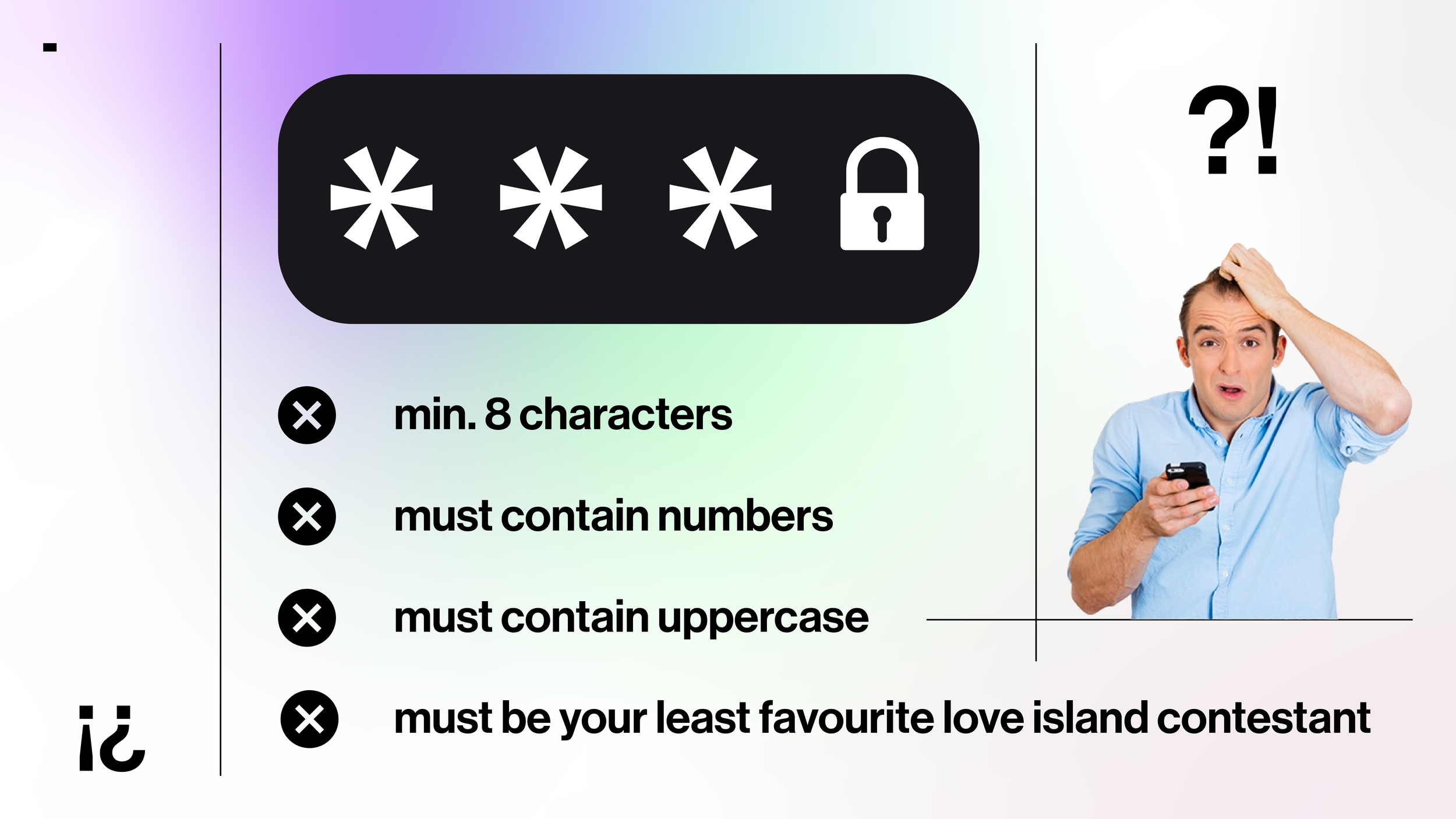User Experience, Empathy and Me
If we have to start somewhere, we’ll start at the beginning…
I studied at NTU and graduated in 2014. After my studies, I had my heart set on becoming a prominent big wig designer, working with huge global brands with world-renowned designers and eventually starting my own studio.
Still, after several not-so-glamorous graduate jobs, I felt a little unsatisfied and began asking myself why I wanted to be a designer… What is so remarkable about making things pretty?! What impact could I possibly have just doing that?! These were all great questions, but what I really needed were answers. After a few mild panic attacks and some serious soul-searching, I realised that design has an unquestionable influence on people, it can manipulate people and can make people’s lives fundamentally better, and that’s what I wanted to do; for the first time since graduating, I made a conscious decision to take myself and my personal goals out of the equation and solely design for the end user.
I found a brilliant quote…
I couldn’t agree more. This statement can be applied to everyone in this room, not just me. Everything around us is designed; an industrial designer creates the chairs you are all sitting on, a fashion designer creates the clothes we are wearing, a graphic designer puts together these slides you see behind me, and in many ways, this article I have put together could be seen as user experience design, and that brings me to what I do, I’m a UX designer.
Design obviously has a lot of creative qualities, and there’s certainly a lot to be said about making something look nice because we do, at the end of the day, as designers create visuals, but proper UX design is so much more. Regarding UX within a design, your primary skill isn’t your creative ability; it’s your ability to tap into your empathy and see the pain points from the end user’s perspective; you act more as a psychologist or a researcher, taking complex problems and turning them into smaller, more digestible pieces.
As someone conscious of UX when designing, you must know how to mix triggers with flexible rewards to turn them into a product or solution that users love returning to.
A classic example of this is grabbing people’s attention using red circles, whether it being stop signs, warnings, or day-to-day applications like the small ones you see as notifications on your phone; red circles attract attention, and this is something we can’t help, being drawn to them is a primal instinct, something that we need to survive. It’s simply habit forming the experience.
We all know of the benefits of good user experience design and the impact of negative user experience design on a product; I’ll showcase a few examples starting with something I’m more at home with during my day job. An overly complicated password field will probably make you immediately forget a password you’ve used seconds after setting it, resulting in you never signing back into that account again.
Another much-discussed example is Heinze’s infamous ketchup bottle redesign; the ketchup company designed an iconic, beautiful bottle for its ketchup. It had a wide bottom with a thick and narrow neck. However, when there’s little ketchup left, you have to shake the bottle hard to get anything out, making the process a bit annoying to the User.
The ketchup company learned about this, and they redesigned the bottle to have a wider top, enabling you to place it upside down without it toppling over, so when there’s little ketchup left in the bottle, all you have to do is set it upside down. When you need it, squeezing the ketchup out of the bottle is more effortless, resulting in a much better user experience.
Interestingly, a 2018 study by PricewaterhouseCoopers found that…
This perfectly highlights how important UX should be during every stage of the design process, from initial ideas, concept development, design and delivery.
Now that I’ve introduced myself and pleaded my case for the importance of UX, I should get into how you can apply this to your work. At a base level, the easiest way to involve user experience within your task or job is to approach any job with a critical focus on empathy; as I’ve stressed earlier, something looking great is fantastic, but something solving a real-world issue or making the end user’s life better is crucial to creating a sticky and valuable product or solution.










